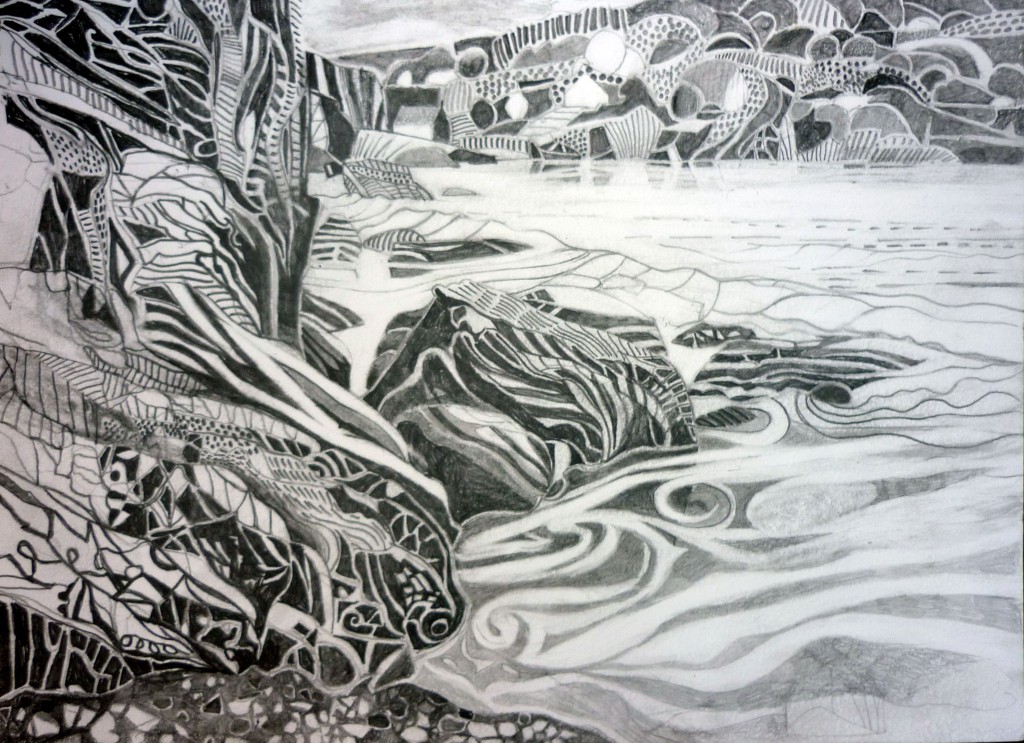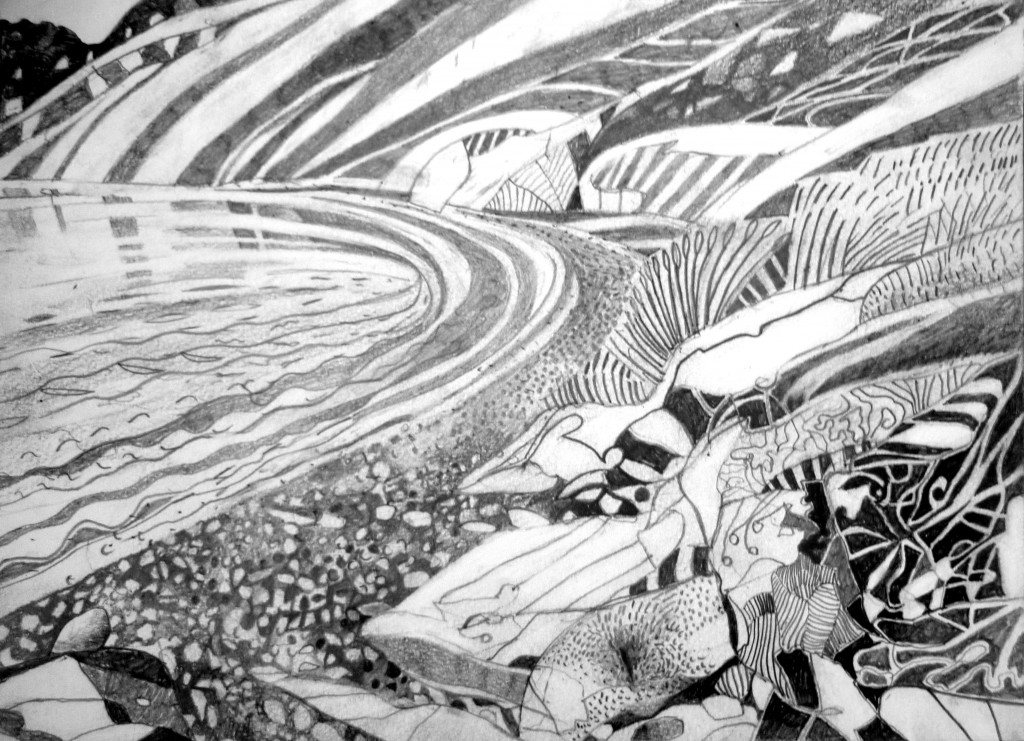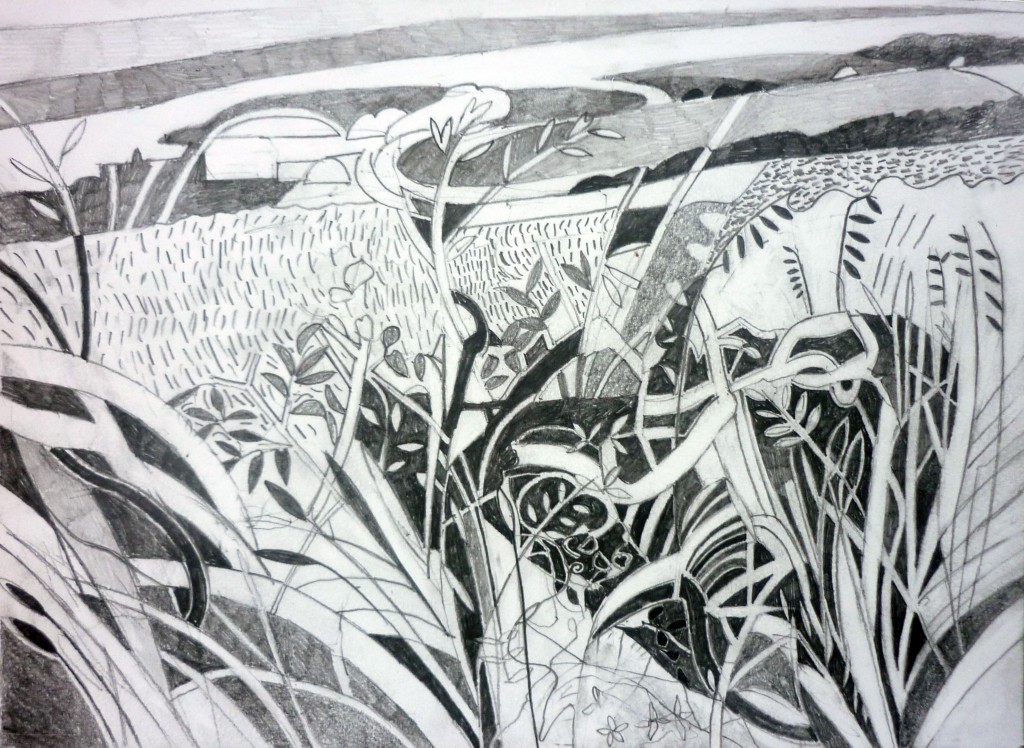During the last year I began a series of pencil drawings. Inspired by a recently re-read wonderful essay by Patrick Heron on Constable drawings, I thought that on recent trips to Weymouth and the Isle of Wight I would leave behind my bag of colours, rollers, sponges, etc. and get back to the basic pencil.
I use a pack of Faber Castell pencils (they dont break) from 2H to 6B and prefer to work on good watercolour paper as it helps to bring out the texture of the pencil marks. The drawings are started in situ in the landscape and finished later. The fact they are monochrome helps me to indulge in my love of the sheer complexity of the landscape without the added issue of colour.
Our trip to the Isle of Wight this year was a first visit and we fell in love at first sight. It took me back to the English seaside towns of the 50’s of my childhood.
David Wiseman / The Rowley Gallery
PS
The Patrick Heron essay was Constable: Spatial Colour in the Drawings, a catalogue essay for the exhibition Constable: A Master Draughtsman at the Dulwich Picture Gallery, 1994. It was principally about Constable’s small pencil drawings and the relationship between mark-making and illusion. I think Heron’s writing is so good as it comes from a painter’s point of view and from the heart. Many of the observations about the physicality of the drawn or painted mark and the illusion I find very relevant to some of the aims in my own painting as well as my pencil drawings.
But Constable’s pencil was equally miraculous as an instrument for the profoundly informative investigation of visual reality. As is the case in all the great figurative art, our apprehension is two fold at every instant – as our eyes journey back and forth across the surfaces of his drawings. In every square millimetre there is the double experience for the eye – it savours the design of marks at the surface at the same instant that it sinks through and beyond the grey of the pencil and the white of the paper to the depths of the outdoor spaces so miraculously evoked. It is one of the greatest thrills of the greatest figurative art, this immediate and total identification of marks at the surface with physical spaces and with a multitude of forms inhabiting, and defining those spaces through and behind those very marks. The illusion is total, that lopsided stab of a pencil point itself a mere square millimetre in extent, is a great tree in full leaf, up on the horizon, that proclaims itself to be precisely half a mile distant from the beholder’s eye. Throughout the composition the dance of marks, the pure music of their infinitely complex relationships…..







Thanks for that, feel inspired and encouraged – started doing proper drawings again a couple of years ago, and it helped the way I approach my work imeasurably.